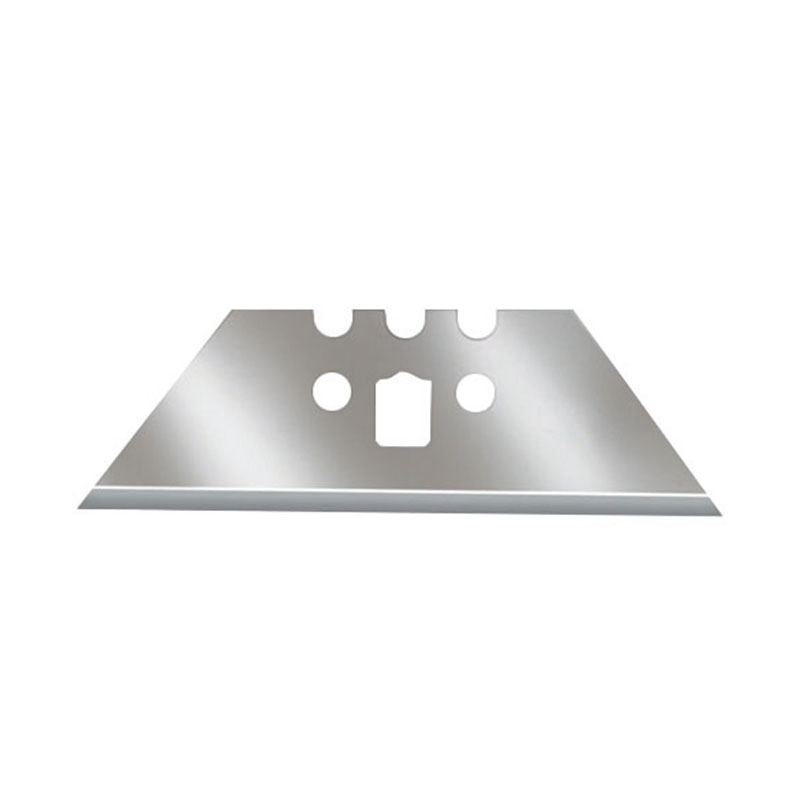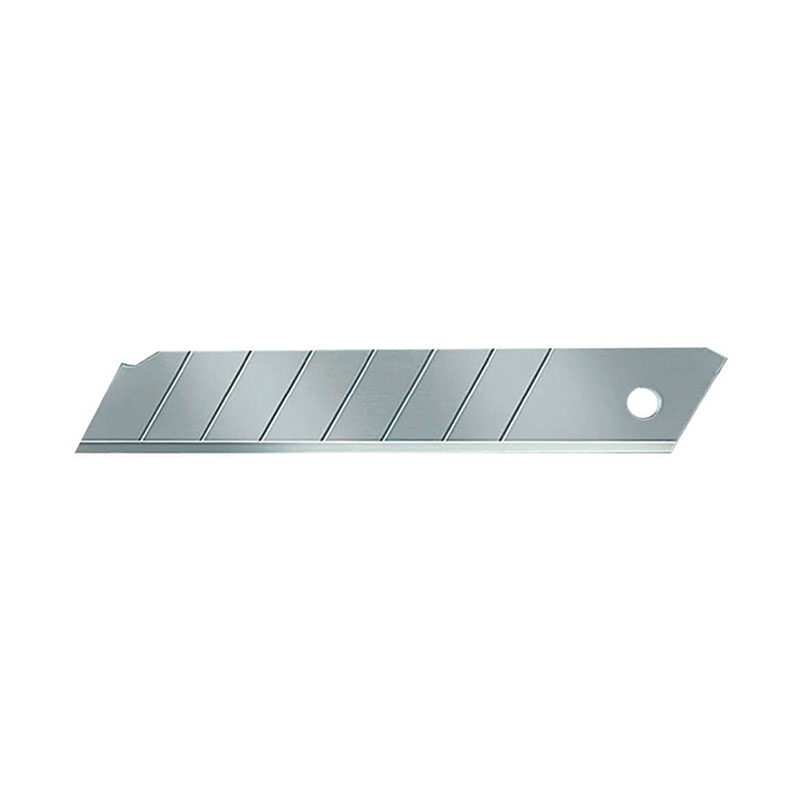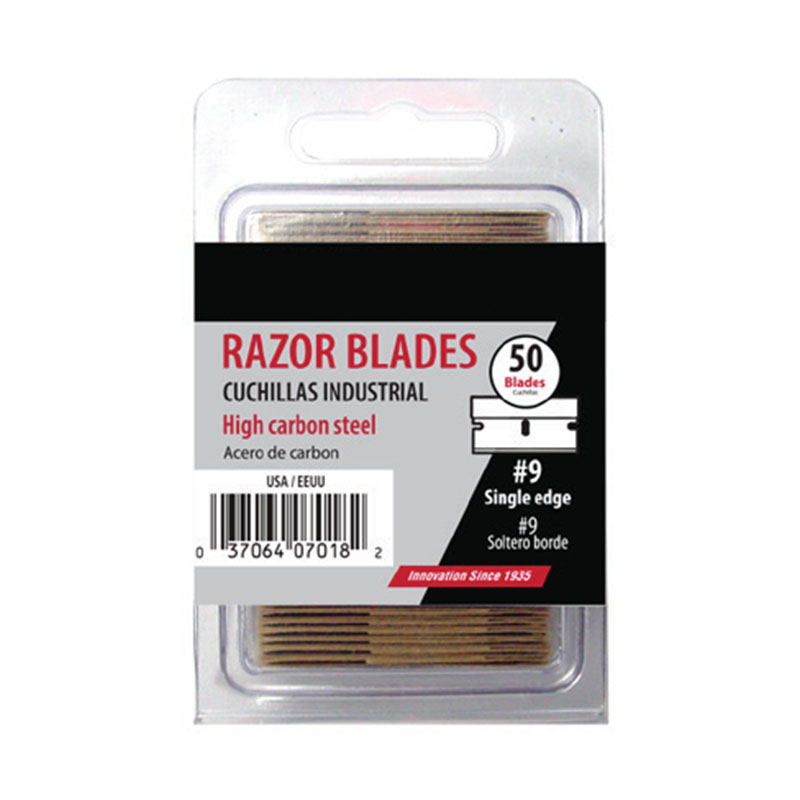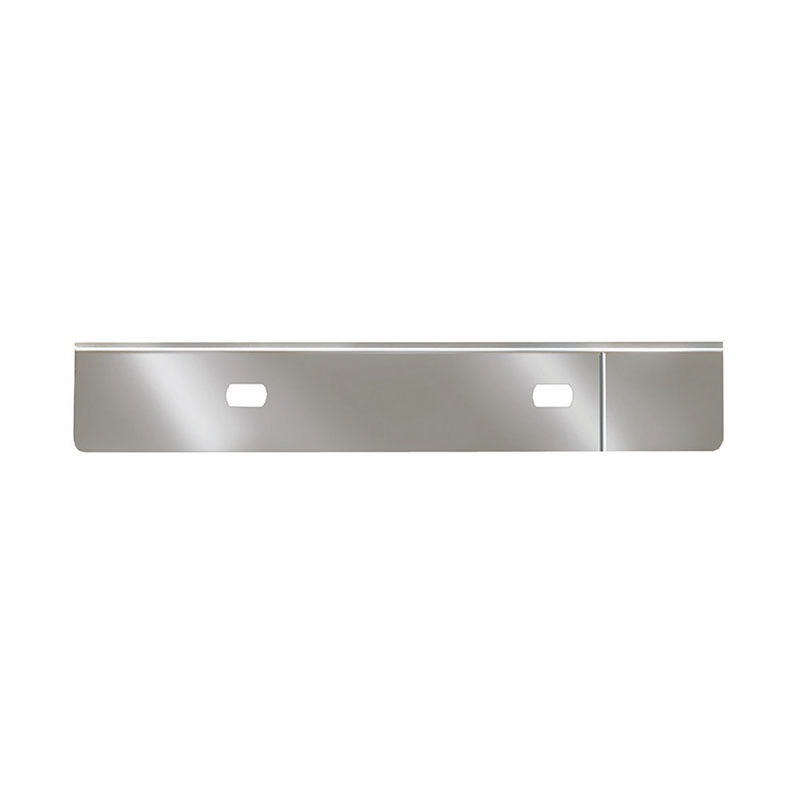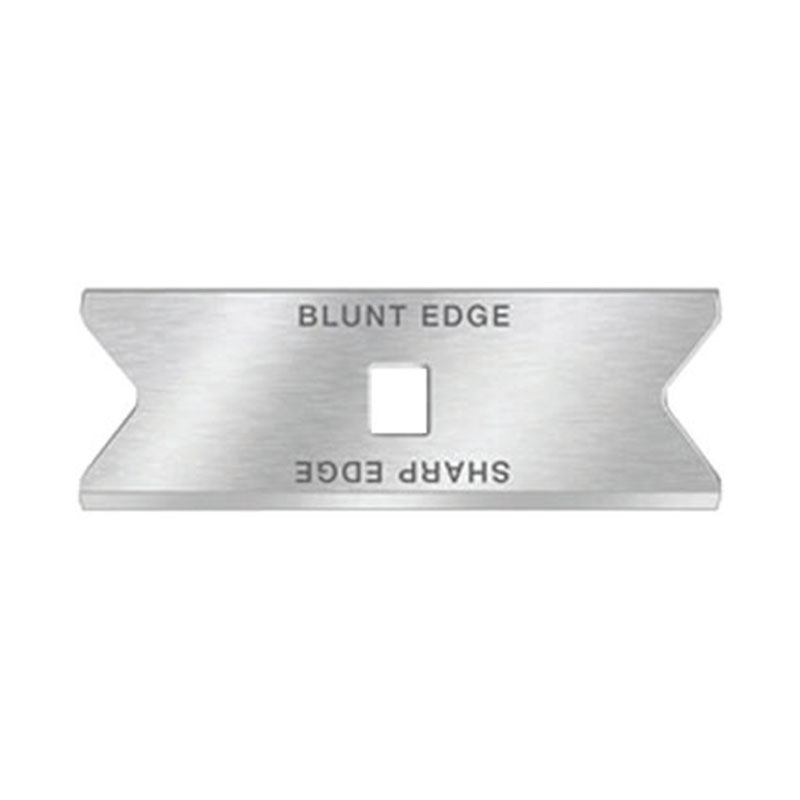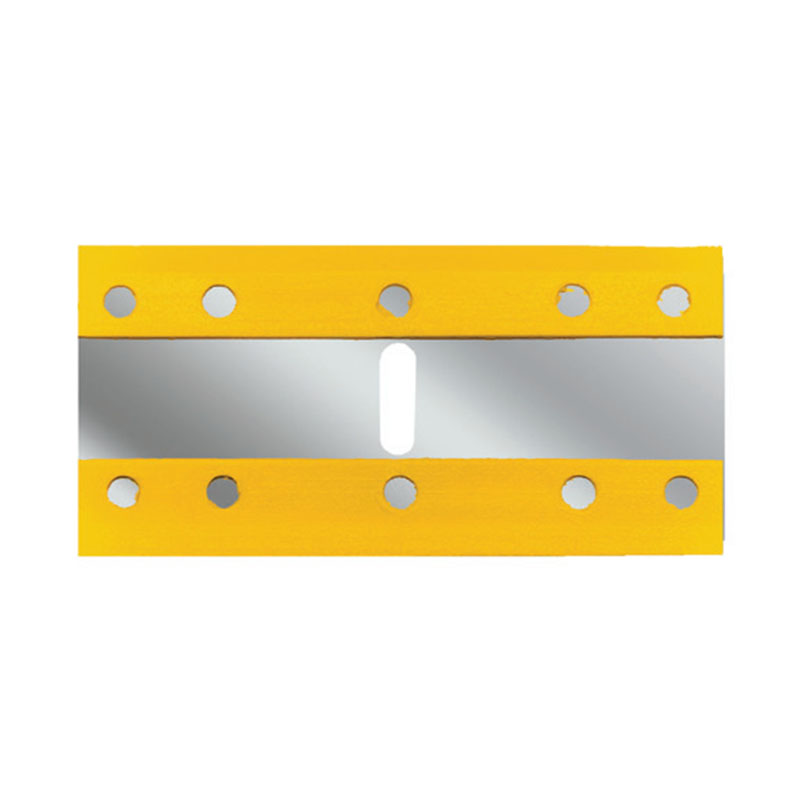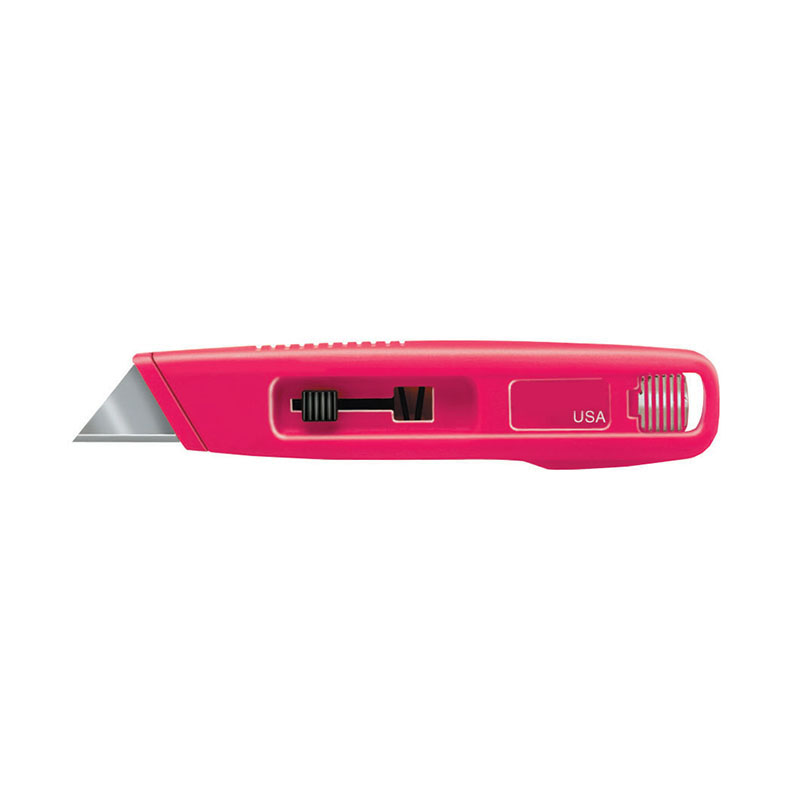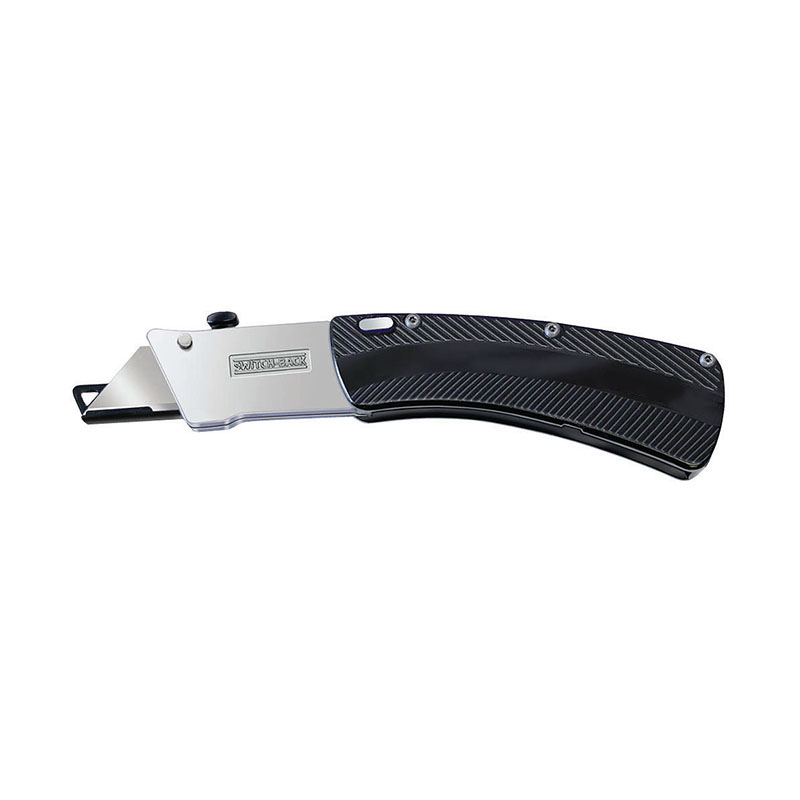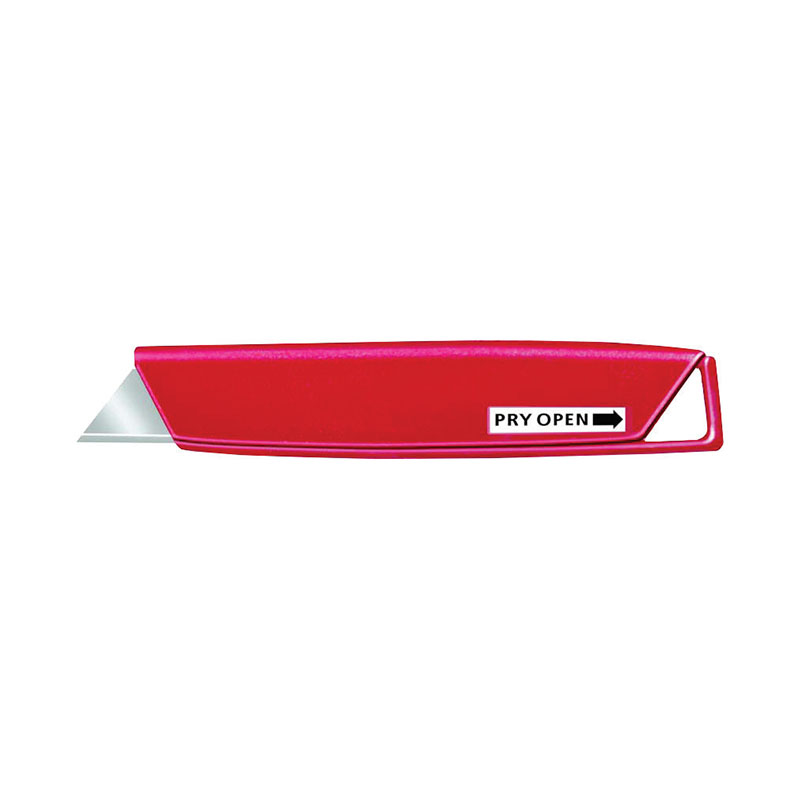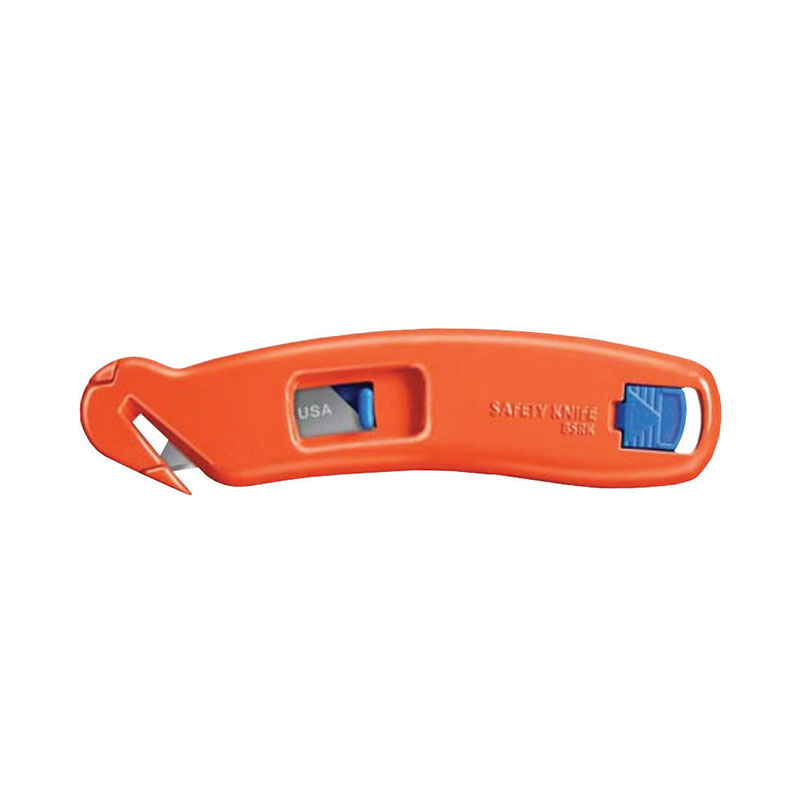- Home
- About
- Products
- Steel Wire Brush With Wooden Handle
- Brass Brush
- Steel Wire Brush With Plastic Handle
- Painting Tools
- Floor Brush And Scrubber Brush
- Painting Brush
- Patented Products
- Industrial Gloves
- Architectural Paint Brush Tool
- Knives & Blades
- Scrapers & Blades
- Putty & Joint Knives
- Taping Knives
- Drywall Repair
- Wallpaper / Flooring / Masonry
- Industrial Brushes
- Paint Accessories
- Other Hardware Tools
- Service
- Blogs
- Contact
Web Menu
- Home
- About
- Products
- Steel Wire Brush With Wooden Handle
- Brass Brush
- Steel Wire Brush With Plastic Handle
- Painting Tools
- Floor Brush And Scrubber Brush
- Painting Brush
- Patented Products
- Industrial Gloves
- Architectural Paint Brush Tool
- Knives & Blades
- Scrapers & Blades
- Putty & Joint Knives
- Taping Knives
- Drywall Repair
- Wallpaper / Flooring / Masonry
- Industrial Brushes
- Paint Accessories
- Other Hardware Tools
- Service
- Blogs
- Contact
Product Search
Exit Menu
Putty Knife Gains Broader Use Across Painting and Construction Fields
Putty Knife as a Practical Tool
The Putty Knife continues to hold a strong position in painting and construction activities. Known for its ability to apply, spread, and scrape materials, it serves as a bridge between preparation and finishing work.
Surface Preparation with Steel Wire Brush
The success of the Putty Knife often depends on the quality of the surface being treated. The Steel Wire Brush has become an important partner in this stage, as its rigid bristles remove rust, paint residues, and rough particles. Once cleaned, the surface is ready for the Putty Knife to spread filler or sealant evenly.
Brass Wire Brush for Gentle Cleaning
The Brass Wire Brush offers another dimension of support for projects involving the Putty Knife. It is often used when working on softer metals or delicate materials that cannot endure the pressure of steel bristles. By clearing lighter corrosion or dirt without damaging the base surface, the Brass Wire Brush ensures that the Putty Knife can operate effectively on areas requiring smooth application of putty, adhesives, or coatings. This complementary use demonstrates the careful selection of tools in different conditions.
Integration with Painting Tools
Within a broader collection of Painting Tools, the Putty Knife plays a distinct role. While brushes, rollers, and sprayers apply coatings, the Putty Knife prepares surfaces to receive those materials. It fills gaps in walls, applies joint compounds, and levels coatings in areas where even application is necessary. Its versatility allows it to function alongside both manual and mechanical Painting Tools, ensuring a complete workflow from preparation to finish.
Role of Paint Mixer in Workflow
The Paint Mixer supports the overall process by blending paints, sealants, or compounds to the right consistency before the Putty Knife or Paint Brush is used. Proper mixing prevents clumps and ensures even coverage, allowing the Putty Knife to spread materials more smoothly. This step confirms the value of preparation and demonstrates how interconnected tools like the Paint Mixer and Putty Knife are in producing reliable outcomes.
Advances in Materials and Design
Manufacturing trends for Putty Knives reflect attention to materials and ergonomics. Blades are often produced from stainless steel or flexible alloys, providing resistance to wear and adaptability for different tasks. Handles range from traditional wood to lightweight synthetic materials designed for improved grip and comfort. Similar design improvements are seen in Steel Wire Brush and Brass Wire Brush production, reinforcing consistent standards across related Painting Tools.
Applications Across Sectors
In professional construction projects, the Putty Knife is indispensable for preparing walls, repairing surfaces, and ensuring uniform finishes before painting. In household tasks, it is commonly used for patching cracks, removing wallpaper, or applying small amounts of filler. Its ability to cooperate with other Painting Tools, along with its reliance on the cleaning support of Steel Wire Brushes and Brass Wire Brushes, makes it adaptable to different scales of work.
Conclusion
The Putty Knife holds a steady role in painting and construction, supported by the contributions of Steel Wire Brush, Brass Wire Brush, Painting Tools, and the Paint Mixer. Each tool complements the others, forming a system that emphasizes preparation, application, and finishing. Through evolving design and material innovation, the Putty Knife maintains its relevance across professional and household use, confirming its importance as a practical component of modern toolkits.
-
 +86-13906791151
+86-13906791151
-
 sales@sanjiantools.com
sales@sanjiantools.com
-
 No.1 Xinggong Road, Huangzhai Town, Pujiang County, Zhejiang Province, China
No.1 Xinggong Road, Huangzhai Town, Pujiang County, Zhejiang Province, China


Client
Copyright © Zhejiang Pujiang Sanjian Tools Co., Ltd. All Rights  浙公网安备33072602100309号
Reserved.
浙公网安备33072602100309号
Reserved.

Construction Paint Tools Factory
 sales@sanjiantools.com
sales@sanjiantools.com 

 中文简体
中文简体 Deutsch
Deutsch Español
Español